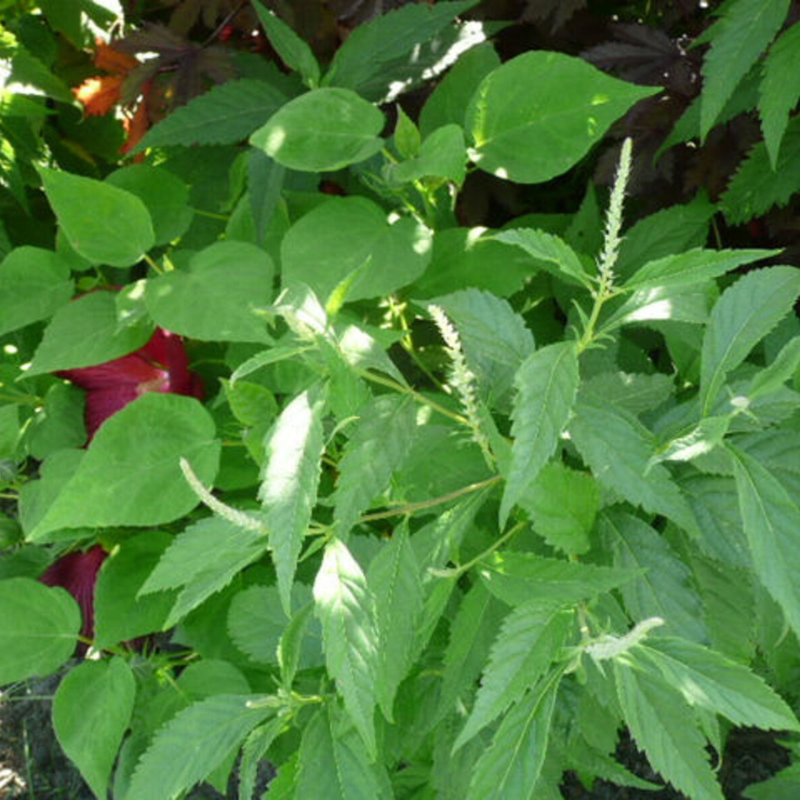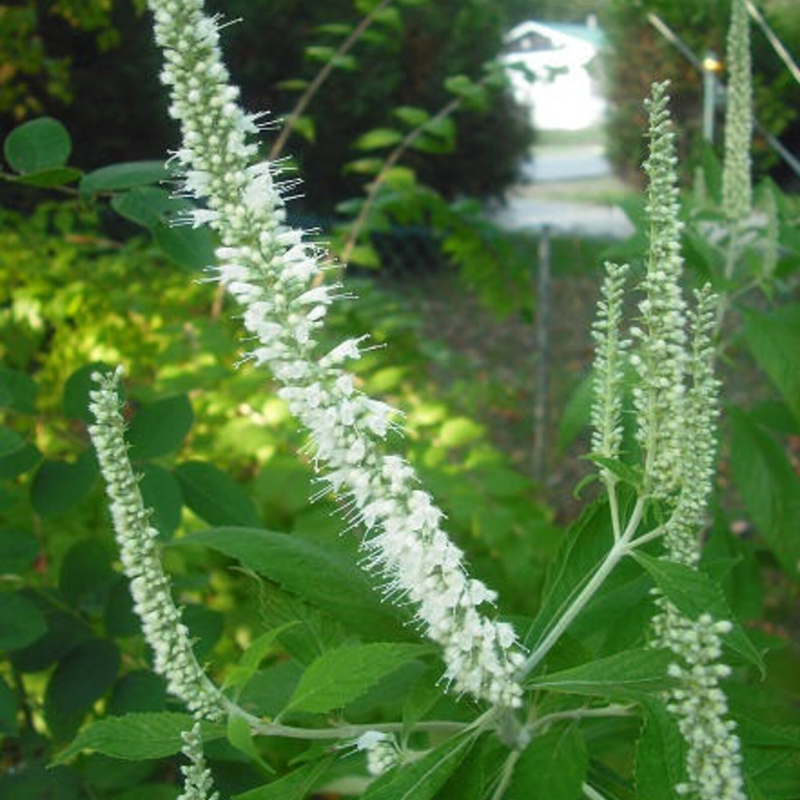- Historical context: The Mint Bush, scientifically known as Prostanthera, is native to Australia and has been used by indigenous Australians for centuries.
- Geographical origination: The Mint Bush is native to Australia, particularly in the southern and eastern regions.
- Relevant cultural significance: The Mint Bush holds a significant place in Aboriginal culture as a source of food and medicine.
- Time period of discovery: The Mint Bush has been known to indigenous Australians for thousands of years, but was first documented by Western science in the 18th century.
- Original habitat: The Mint Bush is found in a variety of habitats in Australia, from coastal areas to mountainous regions.
- Notable historical uses: Historically, the leaves of the Mint Bush were used by indigenous Australians for culinary and medicinal purposes.
- Ideal temperature range: The Mint Bush prefers a temperate climate and can tolerate light frost.
- Soil type: It thrives in well-drained soil with a slightly acidic to neutral pH.
- Sunlight requirements: The Mint Bush requires full sun to partial shade.
- Watering needs: It needs moderate watering, but can tolerate dry periods once established.
- Planting season: The best time to plant Mint Bush seeds is in the spring.
- Germination time: The seeds typically germinate in 14-28 days.
- Growth cycle duration: The Mint Bush is a perennial plant, meaning it can live for more than two years.
- Common pests and diseases: Common pests include aphids and caterpillars. It is generally resistant to most diseases.
- Companion planting advice: Mint Bush can be planted with other Australian natives like Acacia and Eucalyptus.
- Common challenges and solutions: One common challenge is overwatering, which can lead to root rot. The solution is to ensure good drainage and avoid overwatering.
- Nutritional values: While not typically consumed for its nutritional value, the Mint Bush is known to contain essential oils.
- Health benefits: The essential oils in the Mint Bush have been used in traditional medicine for their antiseptic and anti-inflammatory properties.
- Culinary uses: The leaves of the Mint Bush can be used as a flavoring in cooking, similar to common mint.
- Medicinal uses: In traditional medicine, the leaves were often used to treat digestive issues and skin conditions.
- Other unique advantages: The Mint Bush is a beautiful ornamental plant, known for its fragrant leaves and attractive purple flowers.






